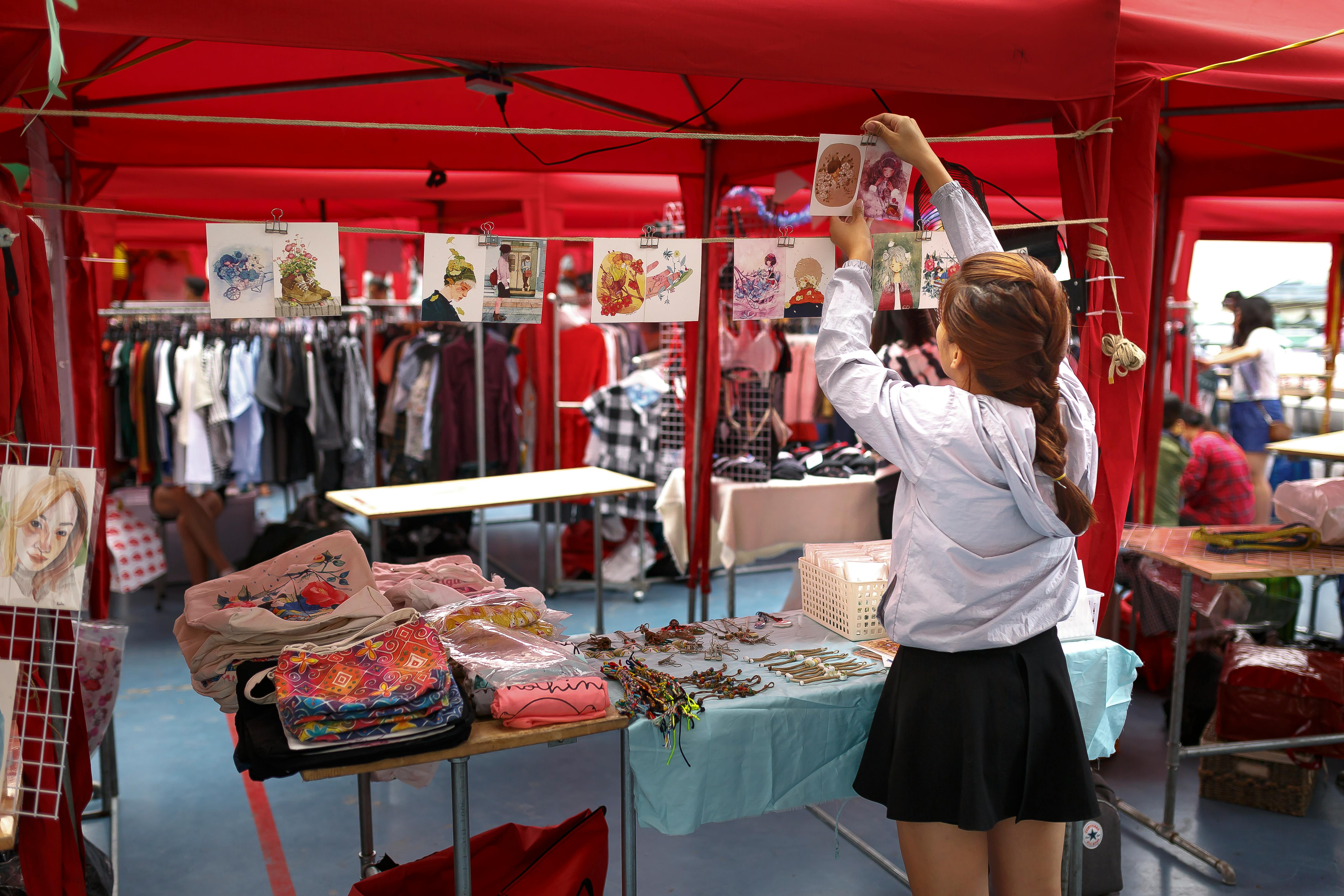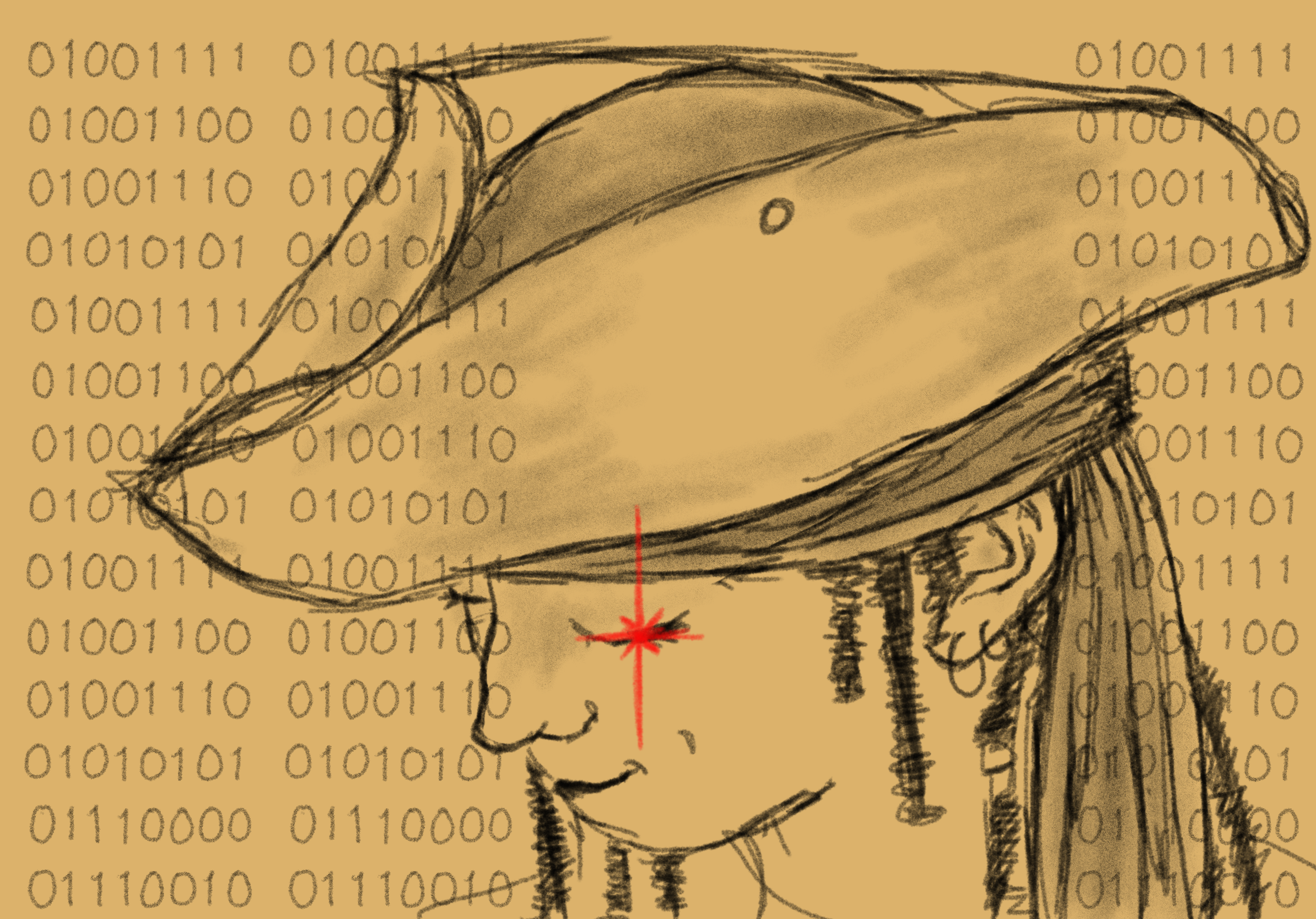CW: Graphic content. Anti-abortion.
UBC calls itself “A place of mind.” Our campus is a space for conversations and ideas. It’s a place where students can actively engage in critical thinking and open each other’s minds to new ways of knowing. The campus, then, should reflect the University’s values. But is it a safe space for everyone to discuss ideas when uncomfortable and controversial topics come to play on campus grounds?
Well, our campus has become a battleground for anti-abortion protesters and students, both of whom deem campus unsafe when they come face to face with each other. While protesters argue that their safety is at risk, students assert that the protester’s presence is uncomfortable and triggering.
The Phoenix News conducted an Instagram poll to learn more about students’ opinions on anti-abortion protesters’ presence on campus. When asked if they felt safe walking past the protesters on campus, 67% of students said ‘yes’ and the other 33% said ‘no.’ While 55% of the students who answered the poll questions agreed that campus should be a safe space for everyone, which includes both students and protesters, the other 45% disagreed, placing student’s safety over everyone else.
A student said:
“I feel that everyone deserves to be safe, even groups protesting. However when the protesters start to make others unsafe, it becomes a problem.”
Many students expressed similar concerns. Another student wrote:
“They [the anti-abortion protesters] are actively shaming choices that students may have made. While there is no physical threat, the photos they are displaying are emotionally traumatizing.”
It seems that one of the main concerns for student safety on campus is the protesters’ use of graphic images, which not only makes many students uncomfortable, but can be triggering and traumatizing.
After an interview with Shilo St. Cyr, UBC Okanagan’s Director of the Sexual Violence and Prevention Response Office (SVPRO), I found out more about why students have grave concerns about anti-abortion protesters on campus. When asked why they thought students felt their safety was at risk in the presence of protestors, this is what Shilo had to say:
“I do worry about the images that they present, which often can be very triggering for people. [...] I always think that it can be difficult for students to witness, especially in spaces where they're coming to learn and study.”
Campus is not only supposed to be a place for students to feel safe while they are studying, but also a place where they can fully express themselves and their beliefs. University campuses have become places where we can actively engage in discussions and express ourselves. It's a place for students to grow. So should their safety be prioritized?
Well, not everyone seems to agree that students’ safety is being threatened. A Kelowna Right to Life representative and active protester on campus, Marlon Bartram, claims that the protesters’ safety was at risk after last year’s protest on campus. This is what he had to say:
“Well, the protesters were the ones being yelled at and given the finger; chanted and told to get off campus. You know, they [students] physically surrounded us, and one or two kicked a couple of the signs over. One threw our pamphlets and threw our materials all over the floor. And you saw the one guy coming up to within like two inches of me and taking selfies and trying to ridicule me on camera. Very threatening. So yeah, there's absolutely nothing that we did to intimidate students or be aggressive towards students…”
Students used to be informed about the protesters’ presence on campus ahead of time, as they announced it to school officials beforehand. However, Marlon commented as to why this is not happening anymore:
“I don't want to put our people in that circumstance again, because it was getting dangerous. It was deeply traumatizing to some of our people. Very troubling, you know, they were very shaken up about it. And I'm not going to put them in that unsafe position again.”
Thus, they now show up on campus at a moment’s notice, without informing UBC or students of their presence before they’re here. While Marlon claims that the protesters felt unsafe because of an “aggressive” student response, is it right to say that “absolutely” nothing was done to intimidate students?
Is actively showing a student population disturbing images and making commentaries about their choices not aggressive at all? Is showing up unannounced not intimidating for students who do not wish to be in their presence and cannot avoid it?
This is what one student had to say:
“They approach you, try to engage with you and show you graphic imagery.”
Marlon seems to agree that the use of images are disturbing:
“And these pictures, which are not pleasant to look at, we fully acknowledge, and we wish we didn't have to use them. But we believe they're effective in breaking through this blindness...”
Students and the SVPRO are concerned about the spread of misinformation that protesters use. UBCO’s Director of SVPRO, Shilo noted that:
“I think, you know, the University really welcomes conversations about different beliefs. But the images they have are bloody, gory. It misrepresents what actually happens in the healthcare system.”
While Shilo says that the University campus welcomes “conversations about different beliefs,” Marlon claims that:
“I just find that the left are all about tolerance, acceptance, and diversity. But when it comes to somebody thinking or believing differently than them, there's no tolerance at all. There's no tolerance for us. We surely didn't feel accepted or tolerated on campus.”
Maybe it's not about not tolerating different opinions, maybe it is. But the case might also be that the approach anti-abortion protesters take can be disturbing and unwelcome, which may facilitate a more aggressive reaction from students.
However Marlon agrees that university campuses should welcome conversations about different beliefs:
“I think especially on campus, the people are there to learn, not only learn math and things like that, but to learn about controversial issues. Campuses have always been that way, always. They are places to have open and free discussions.”
But his final statement is quite contradictory:
“Thus, public open-air demonstrations like ours are the only way we can impose the truth of abortion onto the public conscience.”
Wasn’t campus a place to have free and open discussions, not “impose” one’s views “onto” other people? Demonstrations should not be about talking at people, but rather, about having discussions that allow for critical thinking to take place. Shilo adds that:
“I think when people tell you that you shouldn't have that right to choose, it can be threatening, and it is threatening to people. [...] We support people to have conversations about different beliefs, and everyone has a different belief about their right to choose whether to have an abortion or not.”
So what do you think? Is UBCO a safe space to hold free and open discussions about controversial topics? Should UBCO prioritize students' safety and concerns, or be a space for all to express themselves, even if it may be harmful to many of us?
Let's all have this conversation. Reach out to @ubcophoenix on Instagram if you have something to say!
Note: If you, or someone you know is in need of support services, please visit the SVPRO website at https://svpro.ok.ubc.ca. You can also contact them by email at svpro.okanagan@ubc.ca or by phone: 250-807-9640




